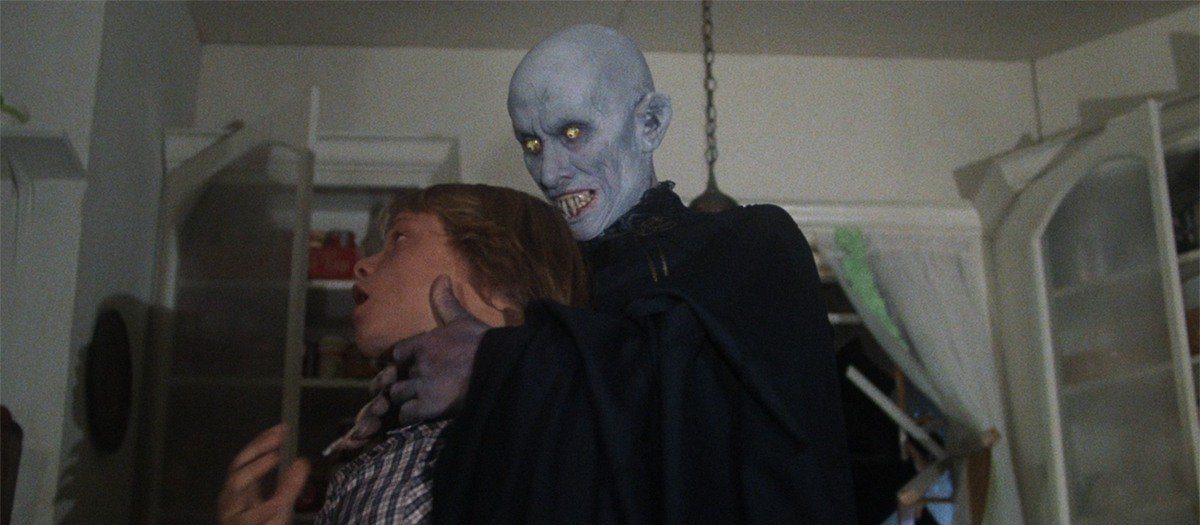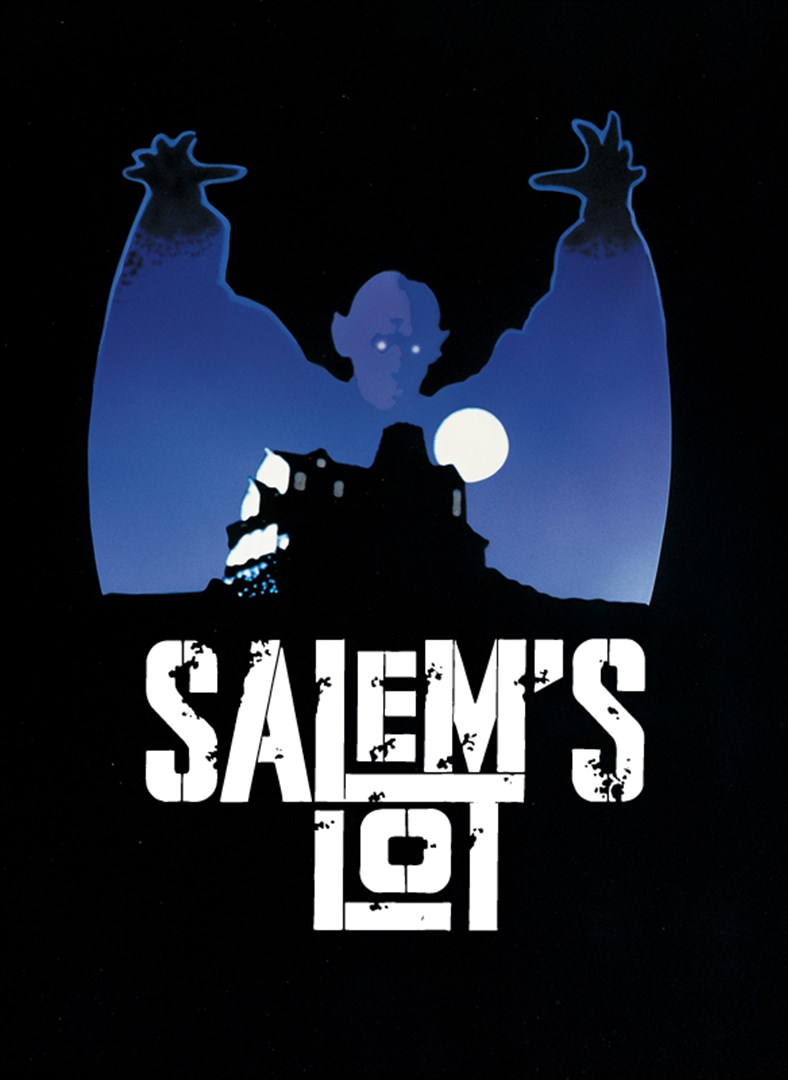

“Do you believe a thing can be inherently evil?”
The release of The Texas Chainsaw Massacre leapfrogged Tobe Hooper to the top of the heap of horror filmmakers in the post–Hays Code era. He appeared poised to become a mainstay in the genre for years to come; a preeminent provocateur. But his immediate follow-up to TCM, a freaky chamber drama called Eaten Alive, failed to find an audience, leaving the director to reconsider and recalibrate. After a three year absence, he returned with Salem’s Lot, a two-part television miniseries based on the second novel from pop horror’s most familiar voice, Stephen King. It’s not as successful as either of his first two films, though we can lay some of the blame on the confines of the medium, which saw George Romero abandon the project when he realized his own vision for it would not be viable on primetime television.
In adapting the novel to the small screen format, Hooper and writer Paul Monash are forced into two tough decisions. The first is that, even considering the extra elbow room granted by the three hour runtime, which allows for the exploration of some interesting side trails, they have to significantly whittle down the cast and streamline the narrative. Like many of King’s books, ‘Salem’s Lot is populated by a large roster of characters—college students, bus drivers, realtors, electricians, teen moms, doctors, nightwatchmen, truck drivers, constables, school teachers, town gossips, mechanics, high schoolers, priests. While many of them tend to blur together in the reader’s mind—especially once the book has become a single condensed memory—the sense of a dying rural town already beset by non-supernatural problems is key to establishing the milieu. By the time ‘Salem’s Lot becomes a breeding ground for vampires, we’ve become very familiar with the residents of the community.
Though Hooper’s film version abounds with minor characters portrayed by a solid supporting cast, numerous characters are minimized, merged, or eliminated entirely in service of narrowing the story’s scope. Monash’s screenplay commits to the necessary evil of shifting the focus from the whole community to the character of Ben Mears (David Soul), a second-rate author who’s returned to his hometown to use the old haunted house as his muse, recalling a vision of a hanged man he’d seen when he went into the long-abandoned mansion on a dare as a boy. But when he arrives in ‘Salem’s Lot, he finds Richard Straker (James Mason) has already taken up residence and awaits the arrival of his business partner, Kurt Barlow (Reggie Nalder), a dealer of exotic antiques and also, much more pertinently, a nosferatu. Because Ben feels mystically drawn to the place, the conflict between the town and its vampiric invader is portrayed mostly through his point of view, while the rest of the half-drawn residents provide small town charm in the first soap operatic episode and fresh meat for Barlow’s rampage in the second.
The other decision point for the filmmaker was how to achieve his scares and yet produce a product suitable for television audiences. Here the efforts prove to be a similarly mixed bag. Vampires levitate outside of second-story windows, eyes glow like spotlit pinballs from sickly blue visages, impossible fog swirls in the moonlight, graves are unearthed, jump scares occur in broad daylight, and an eerie score provides a sinister note. Many of these touches go a long way in producing an atmosphere of dread. However, there are even more instances where issues with pacing, wooden acting, lighting, blocking, editing, what have you, totally upend any sensation of sustained unease. Most notable is the goofy freeze frames that lead into commercial breaks and render some death sequences unintentionally hilarious. Maintaining tone is imperative in horror films. Either Hooper fumbled his way into achieving that feat in his first two films, or he simply didn’t think it was as important as it obviously is when he made Salem’s Lot.
Though the film is remembered for its borderline brilliant setpieces and the shocks it was able to deliver on network TV—a victim impaled on a set of antlers, Barlow’s ghastly appearance, the newly-awakened vampires hovering outside of windows, the subtle fact that the young boys were claimed first—elsewhere (which constitutes most of the film) it is lackluster, marked by half-formed story threads and bland characterizations that don’t offer the same depth as the book and actively detract from the streamlined tension of the film.